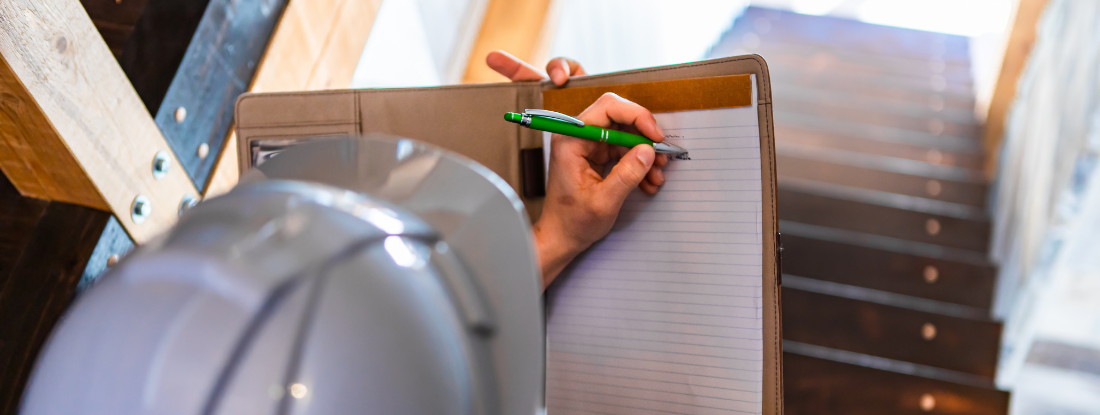Crucial Actions After Mold Remediation
Wiki Article
Your Ultimate Guide to Blog Post Mold Remediation Techniques
Navigating the world of post-mold remediation techniques is a meticulous process that demands focus to information and an extensive understanding of the intricacies entailed. In the after-effects of mold infestation, recognizing exactly how to effectively get rid of the mold and mildew and prevent its reoccurrence is extremely important for keeping a healthy indoor setting. From choosing the best cleaning and decontaminating techniques to executing strategies for long-term mold and mildew avoidance, each step in the remediation trip plays a vital function in ensuring an effective result. As we embark on this expedition of post-mold remediation strategies, we will certainly uncover the vital methods and best techniques that can help you restore your area to its pre-mold condition and safeguard it against future mold and mildew dangers.Comprehending Post-Mold Removal Refine
After completing the mold and mildew remediation procedure, it is vital to understand the post-mold removal methods that are essential to make sure a efficient and detailed cleaning. When the mold has actually been removed, the next action involves cleaning and sanitizing the affected areas to avoid any kind of regrowth of mold and mildew.
In addition, conducting a last inspection post-remediation is essential to ensure that all mold and mildew has actually been successfully eliminated. This assessment should entail a complete visual check in addition to perhaps air tasting to confirm the absence of mold and mildew spores airborne. If the evaluation discloses any remaining mold and mildew, additional remediation may be essential. Educating occupants on precautionary procedures such as regulating dampness degrees and without delay addressing any type of water leaks can assist keep a mold-free setting.
Efficient Cleaning Up and Disinfecting Techniques

Avoiding Future Mold Growth

Significance of Proper Air Flow
Appropriate ventilation plays a critical duty in stopping moisture build-up, a crucial consider mold development within indoor environments. Reliable ventilation systems aid eliminate excess humidity from the air, reducing the opportunities of mold and mildew spores discovering the moisture they need to spread and sprout. Without ample air flow, indoor spaces can come to be a breeding place for mold and mildew, bring about possible health and wellness risks and architectural damages.By ensuring proper air circulation, ventilation systems can additionally assist in drying damp areas extra rapidly after water damages or flooding incidents, even more hindering mold growth. testing air quality after mold remediation. In areas like washrooms, basements, kitchens, and attic rooms where dampness degrees often tend to be greater, mounting and keeping reliable ventilation systems is Learn More Here essential in stopping mold and mildew problems

Tracking and Maintenance Tips
Given the essential function that appropriate air flow plays in protecting against mold and mildew growth, it is essential to develop reliable monitoring and upkeep suggestions to guarantee the ongoing capability of ventilation systems. Surveillance humidity levels within the residential or commercial property is also crucial, as high moisture can contribute to mold growth. By remaining proactive and attentive to the condition of air flow systems, property owners can effectively reduce the threat of mold regrowth and keep a healthy and balanced interior atmosphere.
Verdict
Finally, post-mold remediation techniques are important for ensuring a clean and secure atmosphere. Recognizing the procedure, executing effective cleaning and decontaminating techniques, avoiding future mold and mildew growth, maintaining appropriate air flow, and regular surveillance are all crucial steps in the removal process. By adhering to these standards, you can efficiently get rid of mold and mildew and stop its return, advertising a healthy and balanced living or working space for all owners.In the after-effects of mold and mildew infestation, recognizing how to effectively get rid of the mold and stop its reoccurrence is critical for maintaining a healthy and balanced indoor setting. As soon as the mold has been eliminated, the following action entails cleaning and sanitizing the influenced locations to avoid any type of regrowth of mold - testing air quality after mold remediation. After getting rid of noticeable mold and mildew development, it is important to cleanse all surface areas in important link the affected area to get rid of any continuing to be mold spores. To better boost mold and mildew avoidance steps, it is necessary to attend to underlying problems that originally led to mold and mildew growth.Given the important duty that correct air flow plays in stopping mold and mildew growth, it is necessary to establish effective monitoring and maintenance suggestions to make sure the ongoing performance of ventilation systems
Report this wiki page